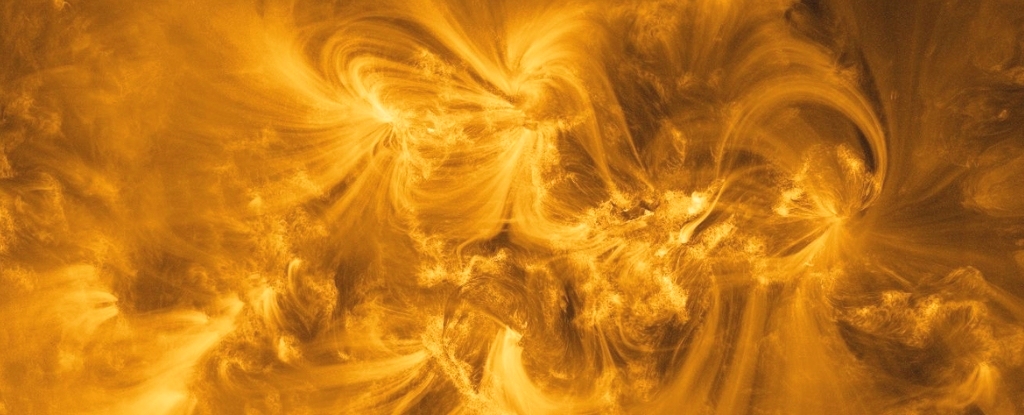ARTICLE AD
Princeton Plasma Physics Laboratory has constructed a fusion reactor from parts it 3D-printed and bought off the shelf. It fits on a kitchen table. It’s a simple-sounding machine—a glass tube coated in magnets—that contains the secret of the stars and it might just pave the way towards an abundant clean-energy future.
IEEE Spectrum published the story of the miraculous reactor, which PPPL built last year. Plasma-based nuclear fusion reactors have been around for a while, but they’ve long been unwieldy. PPPL’s reactor is a glass vacuum tube coated in a 3D-printed nylon shell. The hell holds in place 9,920 rare-earth magnets. The shell-like structure is called a stellarator and it’s meant to contain superheated plasma. Within the vacuum tube, directed by the magnets, atoms without electrons collide with each other. When their nuclei fuse it releases massive amounts of energy.
One of the things that’s so impressive about this reactor is its cost. One of the things that stops the construction of new nuclear power plants is the enormous time and monetary investment it takes to get them running. A comparable reactor in Germany cost $1.1 billion and took 20 years to build. Princeton’s machine cost $640,000 and was built in under a year.
The future of energy is a huge deal. Decades of industrialized society have created a world where carbon gas is spewed into the air at an alarming rate. It’s contributed to the heating of the planet and making it miserable for all of us.
And just as the world is sounding the alarm over global warming and the consequences of it are felt, billionaires are rushing headlong into an AI-powered future that will require enormous amounts of energy. The lords of Silicon Valley know they can’t power LLMs with coal plants. Sustainable sources of energy like wind and solar are wonderful but they aren’t mature enough yet to give them the brain-melting amounts of energy needed to power advanced AI systems.
So big tech has turned to nuclear energy. Microsoft is reviving Three Mile Island, Amazon is investing $500 million in small modular nuclear reactors with hopes of powering its data centers, and Google has plans to do the same. Small modular reactors are a new technology and though they’re supposed to be safer and smaller than the original gigantic cooling tower nightmares we’re familiar with, they’re still going to generate toxic waste. They’re still operating through fission.
What PPPL is pursuing is based on a fusion reaction. If they’re able to scale it up and commercialize it, it could lead to a world of clean, nearly limitless energy. Fusion reactions don’t create toxic waste. If there’s an accident then there’s no nuclear meltdown. The components required to power it can’t be repurposed into a nuclear weapon.
The world’s tech billionaires have their eyes on fusion reactors. It’s not a mature technology, but it’s one that people like Bill Gates are investing in. The Gates-founded Breakthrough Energy fund has invested cash into Type One Energy, a private startup focused on constructing stellarator-style fusion reactors.
What PPPL has done is impressive, but a fusion-based future is a long way off. The U.S. Government is partnering with a company called Type One to build a stellarator-style plant in Tennessee. It’ll be the first of its kind. It also won’t be ready until 2029 at the earliest and it won’t produce power for commercial use.
“Instead, it will allow us to retire any remaining risks and sign off on key features of the fusion pilot plant we are currently designing. Once the design validations are complete, we will begin the construction of our pilot plant to put fusion electrons on the grid,” Type One CEO Chris Mowry told IEEE Spectrum.
If all goes well we may soon live in a world where a 3D-printed nuclear fusion reactor helped save the future. For now, we dream and live with the consequences of fission.

 3 weeks ago
30
3 weeks ago
30 

